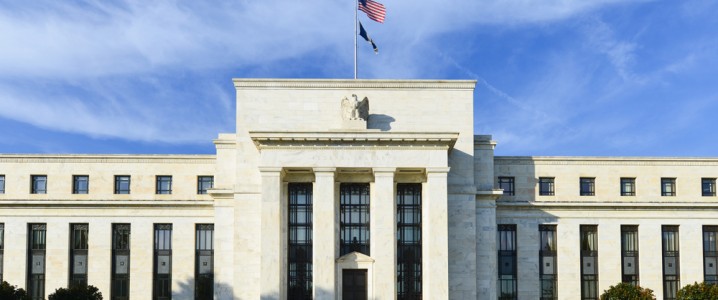Financial markets are betting almost unanimously that the Federal Reserve will cut interest rates at its September 16–17 policy meeting — but divisions within the central bank and warnings from some policymakers are tempering the growing optimism.
Traders in futures linked to the federal funds rate now see a 99.9% probability of a quarter-point cut in September, according to CME Group’s FedWatch tool, after fresh U.S. inflation data and continued pressure from the Trump administration for more aggressive action. July’s Consumer Price Index showed a moderate rise, while revised labor market figures revealed much weaker job growth in May, June, and July than initially reported.
U.S. Treasury Secretary Scott Bessent, citing the slowing jobs momentum, said in an interview on Bloomberg television that the Fed should consider a half-point reduction. “If we’d seen those numbers in May, in June, I suspect we could have had rate cuts in June and July,” Bessent told Bloomberg Television, adding that “rates are too constrictive… we should probably be 150 to 175 basis points lower”.
Not all policymakers agree with the push toward rapid easing. Austan Goolsbee, president of the Chicago Fed and a voting member of the Federal Open Market Committee, warned against “lurching” into cuts before inflation is firmly under control.
“The last thing that you want is to have the central bank lurching,” Goolsbee told reporters, emphasizing that some details in July’s inflation report — notably a pickup in core inflation from 2.9% to 3.1% — raised concerns about the path back to the Fed’s 2% target. While he acknowledged recent softer inflation readings, he stressed that persistent service-sector price increases could complicate the disinflation process.
The debate comes against a politically charged backdrop. President Donald Trump has repeatedly criticized current Fed Chair Jerome Powell, calling last year’s pre-election rate cuts “politically motivated,” and has signaled plans to name a successor early. The White House has expanded its list of possible replacements to 11 names, though Trump says only “three or four” are under serious consideration.
The administration’s policy team, including Bessent and top adviser Joe Lavorgna, argues that the inflation data now “unambiguously supports lower interest rates”. They maintain that the cost of tariffs is being absorbed mostly by domestic firms, limiting the pass-through to consumer prices.
Fed Governor Michelle Bowman has also argued for a more proactive stance, warning that keeping policy in its current “moderately restrictive” range could cause “unnecessary erosion in labor market conditions” and force a steeper correction later.
Analysts at Citi echoed that view, writing that the lack of tariff-related price pressure “should reduce lingering Fed official inflation concerns and allow for a series of rate cuts beginning in September.” They even suggested markets may be “underpricing the potential for faster and/or deeper cuts”.
Still, Goolsbee’s caution highlights a key risk: if the Fed eases too quickly and inflation proves sticky, it may have to reverse course — a scenario policymakers are eager to avoid. Headline CPI inflation held steady at 2.7% in July, suggesting that price pressures have not yet fully abated.
Fed Chair Powell is scheduled to speak next week at the central bank’s annual symposium in Jackson Hole, Wyoming — the same forum he used last year to signal coming rate cuts. Markets will parse his remarks for clues on whether September’s move will be the standard 25 basis points or the larger 50 basis points advocated by Bessent and others.
For now, the momentum appears to favor easing, with markets treating a September cut as a near-certainty. But the path beyond that remains unclear, especially if more businesses begin to pass the cost of tariffs on to consumers. For oil markets, a rate cut should provide some support due to softness in the dollar, with oil prices trading slightly higher in early trade on Thursday.
By Charles Kennedy for Oilprice.com
More Top Reads From Oilprice.com

